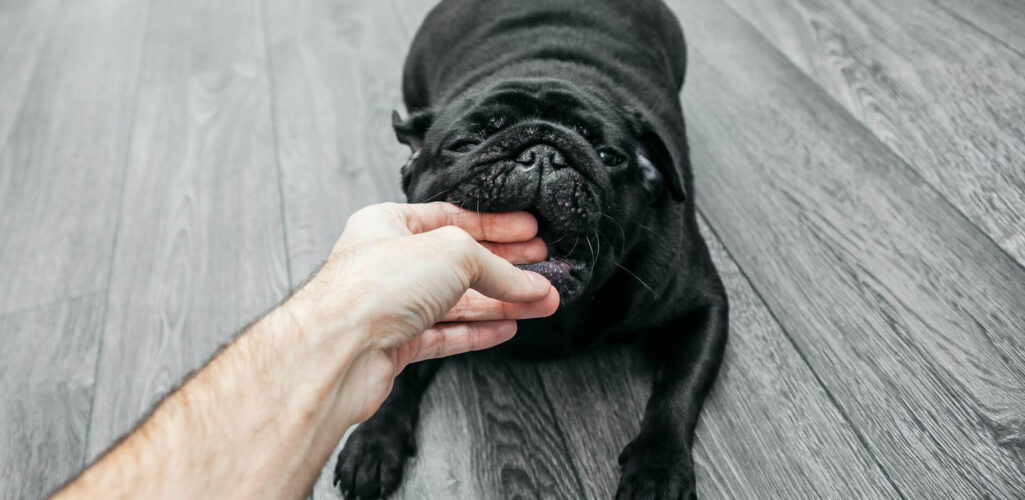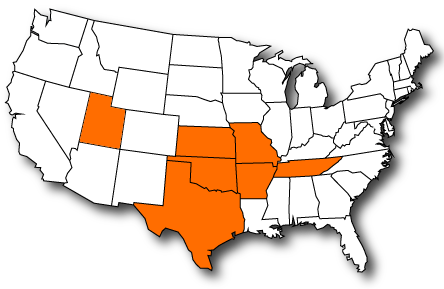As of 2025, homeowners insurance claims related to dog bites continue to be a significant issue. According to the Insurance Information Institute (III), insurers paid out over $1.1 billion in 2024 for dog bite claims, with more than 19,000 claims reported across the country. If you’re a pet owner, it’s essential to understand what could happen if your dog bites someone and, importantly, how to prevent a dog bite claim.
What Happens If My Dog Bites Someone?

Your homeowners or renters insurance generally includes liability coverage, which may cover damages if your dog bites someone. However, be aware that some insurance providers exclude certain dog breeds from liability coverage or may impose restrictions on the amount of coverage available for specific breeds. It’s crucial to consult with your insurance agent to understand which dog breeds are covered under your policy.
If you’re not covered, you’ll be responsible for paying the medical bills, legal fees, and any other costs associated with the bite out of pocket. Even if your insurance provides coverage, keep in mind that your premiums may increase when your policy is renewed, or your insurer could drop you altogether.
How to Lower Your Risk for a Dog Bite Claim
1. Never Assume Your Dog Won’t Bite
Even if your dog has a calm and friendly demeanor, it’s essential not to assume they won’t bite. Dogs can react unpredictably, especially in unfamiliar situations or when they feel threatened. Always supervise your dog, particularly around strangers, children, or even close family and friends. Never leave your dog alone with children who might inadvertently cause stress or harm.
2. Do Your Research Before Adopting a Dog
Before adopting, take the time to understand the typical behaviors of the breed you’re considering. Ask the adoption agency about any behavioral issues or warning signs that could lead to aggression. Knowing your dog’s triggers can prevent problems down the line.
3. Recognize the Signs of Stress or Aggression
Understanding your dog’s body language is crucial. Many dog bites happen when a dog feels threatened or in discomfort. Here’s what to watch for:
- Aggressive Signs: Stiff body posture, intense staring, growling, raised fur on the back.
- Anxious or Uncomfortable Signs: Ears pulled back, tail tucked, avoiding eye contact, low posture, or body cowering.
4. Invest in Obedience Training
Training is beneficial for every dog. Even the most laid-back dogs can benefit from proper obedience training, which helps reinforce good behavior and reduces the risk of aggressive actions.
5. Socialize Your Dog Early and Often
Socializing your dog from a young age helps them feel more comfortable around strangers and other animals. The more your dog is exposed to different people, dogs, and environments, the less anxious they’ll be, and the less likely they are to bite out of fear.
6. Stay Extra Cautious Around Children
This is an important one: always supervise interactions between your dog and children, especially if your dog is unfamiliar with them. Kids can unintentionally provoke or startle a dog, so it’s vital to remain vigilant. Watch for any signs of stress in your dog.
7. Spay or Neuter Your Dog
Spaying or neutering your dog can reduce aggressive behaviors, particularly in male dogs. This is a great way to reduce your dog’s risk of displaying aggression.
Wrapping Up
Owning a dog can bring immense joy and companionship, but as a responsible pet owner, you must take proactive steps to prevent incidents. By following these tips, you can minimize the risk of your dog biting someone and avoid costly claims that could affect your renters or homeowners insurance.
If you have any questions about your policy or how your insurance covers dog-related incidents, reach out to us today! We can review your current policy or help you find a new insurance provider that better suits your needs as a pet ownernership.


